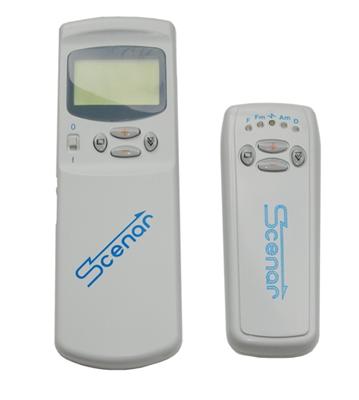Sports chiropractors are experts at the diagnosis and treatment of sports injuries. Most people seem to think that if you have a muscle problem or need rehabilitation on a sports injury you should see a massage therapist or a physiotherapist and that’s about it. Chiropractors have traditionally only been considered to treat the back however here’s an interesting fact you’re probably not aware of. Some chiropractors called sports chiropractors actually perform more muscle, joint and soft tissue (tendons, ligaments, fascia and muscles) therapy than any other practitioner. So what’s this mean? Well put simply it means sports chiropractors specialise in the treatment of all types of sports injuries to all regions of the body not just the back or spine.
Sports chiropractors will assess the way you move, the way you’re put together and the way you play your sport. If something is found to be wrong, mechanically unsound or inefficient then the sports chiropractor will treat and offer the best advice to help the issue.
So how do they treat the sports injury?
– Chiropractic therapies such as adjustments and manual methods such as mobilisations
– Muscle therapy
– Joint therapy
– Soft tissue therapy (ligaments, tendons and muscles)
– Prehabilitation (exercises to stop injury before it occurs)
– Rehabilitation (exercises to help injury after it happens)
– Strength and conditioning
– Sports specific recommendations
A number of Practitioners at Mona Vale Chiropractic Centre specialise in the treatment of sporting injuries. Chris Knee has years of experience in sports injuries and treatments. Chris is also a distinguished strength and conditioning specialist which allows recommendations to be made about your training technique and gives him the ability to prescribe the very best strengthening exercises for individuals who not only want to repair an injury but provide the muscles and joints with enhanced stability, endurance, strength and power so reoccurrence of the injury is less likely.

